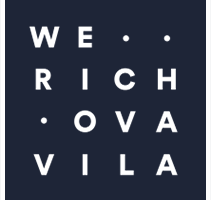The content of the villa’s exhibit and live program is focused primarily on the life and work of the playwright, actor and author Jan Werich , though in a wider context it also presents the transformation of the cultural, social and political life in Czechoslovakia over the course of almost the entire 20th century. The exhibit also presents Werich’s life-long creative partner, Jiří Voskovec , as well as other personalities who lived in the villa in the 20th century (the poet Vladimír Holan , historian Zdeněk Wirth , etc.), commemorates the noble Nostitz family, who owned the building and who had the building transformed into its current appearance by architect Ignatius Palliardi at the end of the 18th century.
Important Inhabitans of the Villa
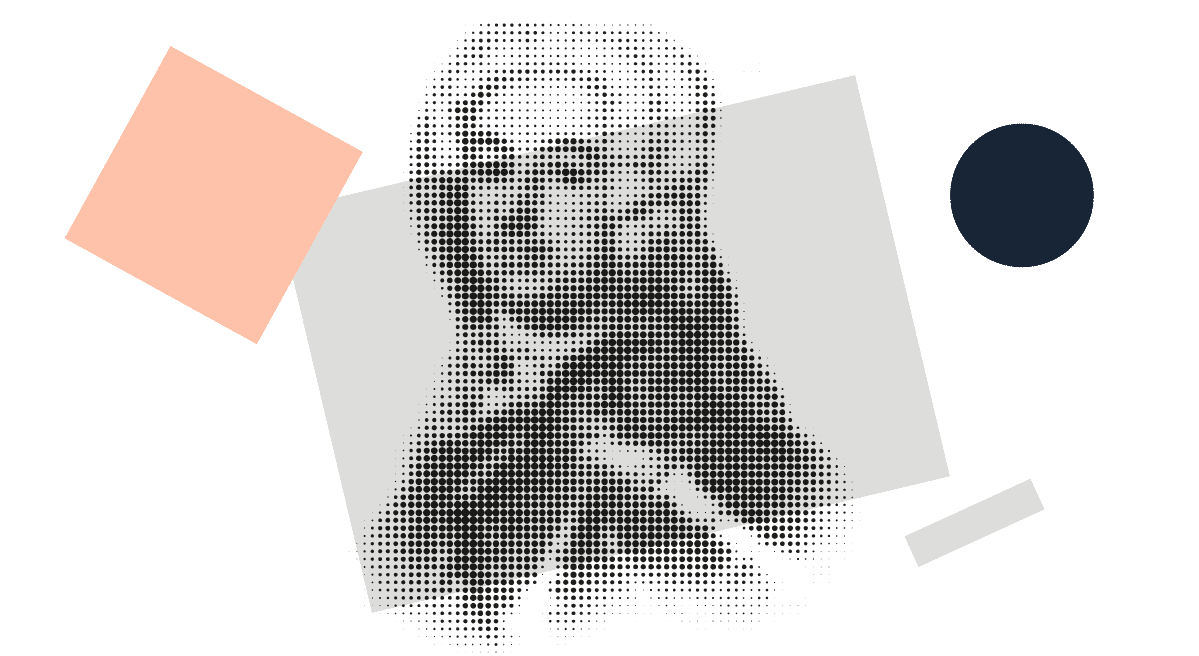
Servatius Engel
The first well-known inhabitant and user of the building was Servatius Engel. He moved to Prague with the family of his father, originally from Tongeren near Maastricht, in about 1630. Here they took up residence on Kampa in today’s Werich Villa and established a large works for the processing of leather (a tannery) nearby. Servatius Engel left his mark on the history of the city of Prague in 1648 when he, together with other people from Prague and the employees of the family tannery, occupied the tower of the Old Town Bridge and contributed to the prevention of the Swedish invasion of the Old Town, thanks to which it escaped greater destruction. For this he was raised to noble status before the end of 1648, receiving the title von Engelsfluss and a coat of arms. Thanks in part to advantageous marriages he became rich and in 1655 he bought the chateau and manor in Mníšek pod Brdy, which he reconstructed, tending to the entire farmstead. He died in the year 1674. The male heirs of this family died out in the year 1743 with the death of Ignatius Engel von Engelsfluss.
Josef Dobrovský
(17 August 1753 Balassa-Gyarmath, modern-day Hungary – 6 January 1829 Brno)
A linguist, historian and the “father of the Czech language”, the man for whom the garden house, formerly a tannery, was reconstructed into its present Neo-Classical form.
In 1768 Dobrovský began studying Theology and Philosophy in Prague (where he also encountered Enlightenment ideas, which were of key importance for his further theoretical linguistic work); in 1772 he joined the Jesuit order in Brno, thanks in part to the opportunity to study that the order offered its members. In 1773, however, the order was dissolved. Dobrovský returned to the Prague University, where he completed his theological studies, though he did not work as a priest – he became the tutor to the sons of Count F. A. Nostitz, the Supreme Burgrave in Bohemia. As it was one of the most important noble families of that time, he met with the leading teachers, scientists and artists.
The Nostitz family became his life-long patrons, enabling him to develop his pedagogical career (he worked for two years as the Rector of the General Seminary in Hradisko near Olomouc) and to travel around Europe. In 1784 Dobrovský co-founded the Czech (and later Royal) Society of Sciences and also worked as its Director for a number of years. Later, in 1818, he was involved in the establishment of the National Museum in Prague. In the 1790s he developed symptoms of a mental disease, which was successfully treated. The Nostitz family reconstructed the garden house in part of their garden for Dobrovský. He lived on Kampa until his death and wrote his key works from the field of Slavic studies here.
Dobrovský is probably the best-known Enlightenment scientist connected with the Czech lands – in addition to laying the foundations of the concept of the history of the Slavic element in European history, analyses of the Czech language and the search for the common essence of the Slavic languages, he was generally active in public, encouraging critical and free thought and the understanding of contemporary circumstances. He has an irreplaceable role in the preservation or maintenance of Czech as an actively used language. Dobrovský tried to encourage authors to write in Czech, thereby developing the language, which then received wider recognition through literature. He approached Czech history with the same rationale: he was the first to delve into the line of thinking that his most famous student, František Palacký, then developed thoroughly. Dobrovský’s crowning achievement is Institutiones linguae slavicae dialecti veteris (Basics of the Old Slavonic Language, 1822).
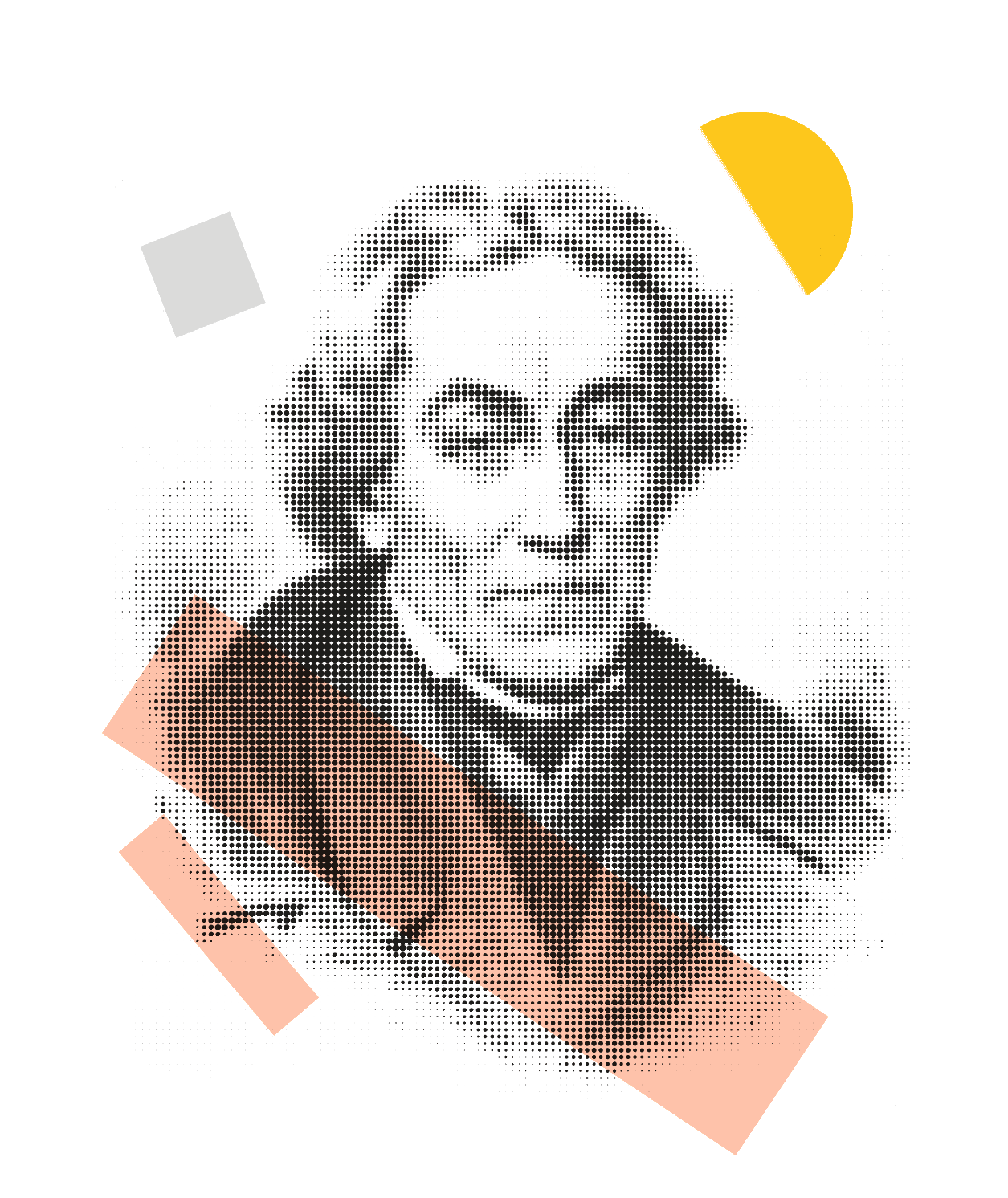

Zdeněk Wirth
(11 August 1878 Libčany – 26 February 1961 Prague)
The legendary art historian, Professor Zdeněk Wirth, lived in the Werich Villa, then known as the Dobrovský house, from 1929 to 1941. In addition to his research activities, Wirth significantly contributed to the organisation of the cultural life of the First Republic and to the manner of preserving, tending and presenting moveable and immoveable cultural monuments.
Wirth studied History and Bohemistics at the Charles-Ferdinand University (There was no Department of Art History at the time). In 1909 he defended his dissertation on the theme of Czech Baroque Gothic, which first evaluated the phenomenon of the Czech Baroque, which was not that recognised at that time. He also worked in Prague’s Museum of Decorative Arts. He spent the First World War in the army.
From 1918 his life took a very dynamic turn – As an official in the newly-established Ministry of Schools and National Education he held a wide range of functions (in 1923 he was named the Head of the Ministry’s entire Education Department, and he held this position until the end of 1938) and from this vantage point he commented on practically all aspects of the organisation of cultural life, especially those connected with architecture, monument care, education and even nature protection. He created a system of monument protection in the form in which it more or less exists to this day – he set up the individual workplaces, defined their authorities, etc. Wirth was a pensioner in the Second World War, being removed from most of his public functions in 1941. At that time, he also had to leave the communal flat in the Werich Villa. In February 1945 he became a member of the illegal resistance movement of the Czech National Council, which coordinated May’s Prague Uprising, for example. After the liberation, he returned to public life as an advisor at the Minister of Schools and Education, coordinating the search for confiscated monuments in this position. In addition, he held several other functions throughout his life, he lectured on art history, was involved in the Club for Old Prague, wrote several scientific and popular science articles on the subject of architecture and monument care. Wirth gave particular attention to research on the history and monuments of Prague, particularly in the 1930s.
Jan Werich
(6 February 1905 Prague – 31 October 1980 Prague)
The national artist Jan Werich was an actor of the stage and screen, a comic, clown, the author of theatre and film scripts, a writer, a commentator of the times he lived in – generally a person of many talents and artistic expressions. Together with the similarly inclined Jiří Voskovec and the musical composer and performer Jaroslav Ježek, he was one of the most important representatives of the theatrical avant-garde in interwar Czechoslovakia. Their Liberated Theatre with elements of dada gradually became oriented on Politics and, particularly in the second half of the 1930s, on antifascist and anti-Nazi satire.
After the communist coup, Jan Werich acted as an important bridge between pre-war democracy and the contemporary political reality, while he also had an important role as a recognised moral authority. He acted in several films and television productions, he managed a theatre, wrote travelogues and fairy tales, narrated animated films and, if possible, he publically appeared with his opinions in the media. Many theatres and avant-garde manifestations in the sixties picked up where his works left off or continued developing them; his statements and positions became an important source of solace for the Czech nation after the violent repression of the Prague Spring by the Warsaw Pact armies in 1968.
Jan Werich moved into the villa in the autumn of 1945. It was allocated to him as a communal flat, never belonging to him. He paid the City of Prague rent for the 35 years he lived there. During Jan Werich’s life the villa saw many people come and go. Werich’s regular “visiting day” on Christmas Eve was renowned and the villa saw a constant flow of people from nine in the morning. In some ways, it was as if Werich’s life in the villa reflected his position in real life – a prominent artist, beloved by the nation, in a golden cage – the communist regime allowed him to do just as much as they thought was appropriate (and for that they duly and loudly praised him), while firmly forbidding just as much and limiting his creative genius internationally, for example.
An exhibit in the villa is dedicated to Jan Werich, respectively his work and lifetime of accomplishments, and is further divided into several parts: a part dedicated to the Liberated Theatre, Werich and Voskovec’s activities during the Second World War, Jan Werich’s work in Czechoslovakia in the years 1945–1980; the last part is comprised of a space known as the Study, which gives a glimpse into the day-to-day life of this important representative of Czech and worldwide culture.

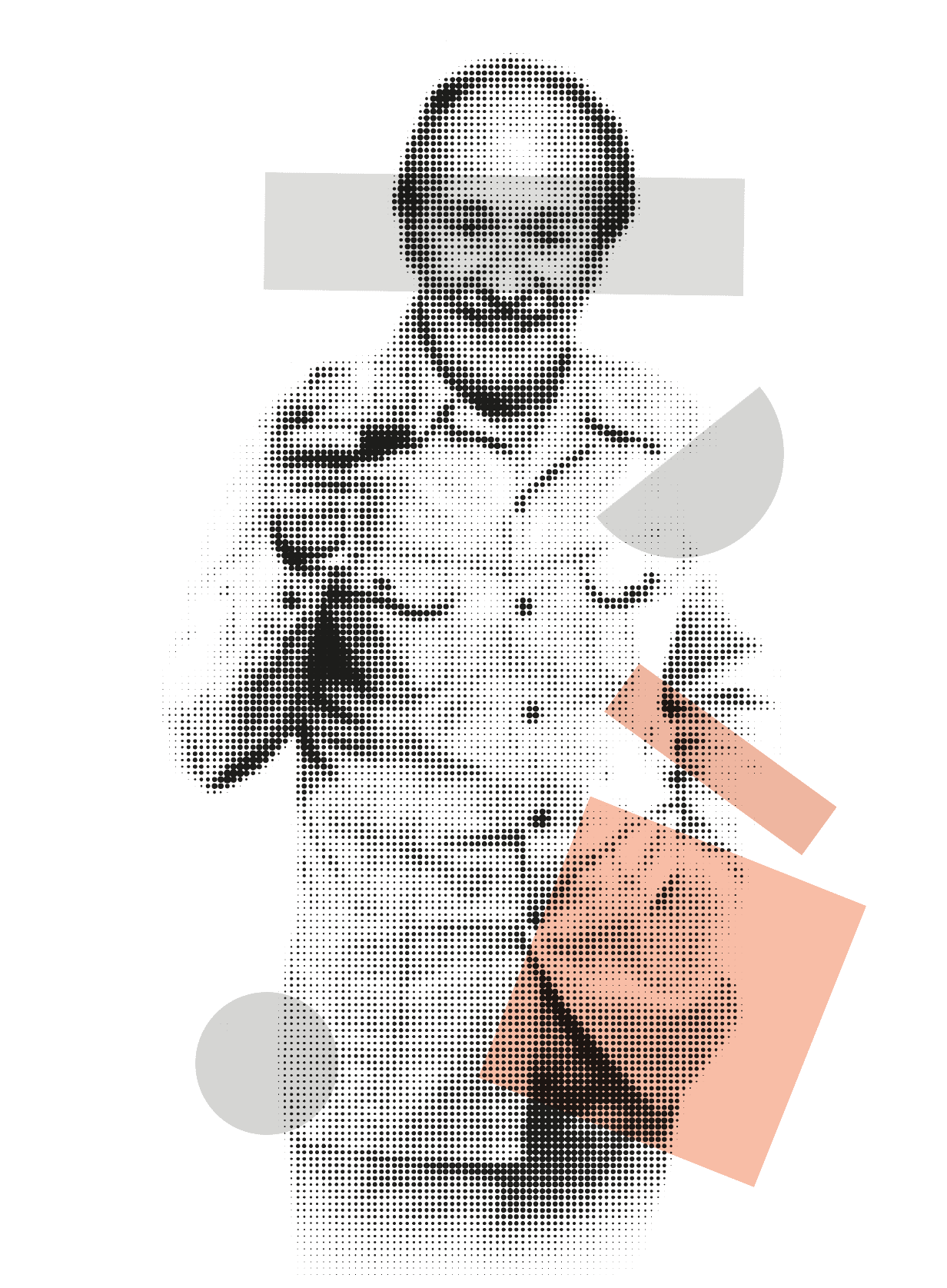
Jiří Voskovec
(19 June 1905 Sázava – 1 July 1981 Pearblossom, USA)
Even though he lived in the villa for the shortest time of all the given personalities, Voskovec is just as inherently a part of it as Jan Werich. They created an almost unsurpassable professional duo together, moreover joined in a deep friendship that not even the divergence of their paths in life after 1948 could interrupt (even though they were on other continents). It was as if their lives personified the absurdity of the divided world that they managed to overcome in the individual relationship, though they had to bow their will to the mechanisms of the cold war.
Voskovec was Werich’s high school friend and had considerable artistic talent; while still relatively young he was accepted in the Devětsil art group thanks to his visual poetry. Coincidentally, Werich was starting to act in the theatre and mainly to write plays at the time. The Liberated Theatre that they took over became one of the key centres of modern culture, combining both intelligent (and later political) satire as well as excellent jazz music, modern art and, above all, faith in man and his common sense.
At the turn of the years 1938 and 1939 he was forced to emigrate to the United States with Werich and Ježek; everyone knew they would be among the first for whom the gestapo would come after Czechoslovakia fell.
In emigration he worked for the Voice of America in broadcasts meant for Europe, he learned English, translated his plays and gradually began to take part in the artistic life in America. He welcomed the end of the war enthusiastically, believing in a speedy return – the return of the Republic on more just foundations seemed to be an easy goal.
Jan Werich returned in the 1945, while Jiří Voskovec did not return until 1 September 1946 (his return was complicated by a divorce). Nevertheless, over the next two years Voskovec came to understand that the political path the Czechoslovakia was taking was gradually discarding all democratic principles and so he once again decided to go into exile, this time permanently.
The story of Jiří Voskovec, who did not always find it easy to break through in the acting world in the United States, is an unbelievable story of the strength of the human spirit. Voskovec ultimately made his mark as a renowned stage actor of Chekhov and Shakespeare, while playing in films alongside such stars as Richard Burton, Gregory Peck, Elizabeth Taylor and others. His flat in New York was open to his many friends from Czechoslovakia, many of which sought refuge here for a long or short time.
The mutual correspondence that took place between the two men from the end of the 50s until Jan Werich’s death gives a very suggestive image of their different lives that were in some instances also very similar. These letters can also be seen in the exhibit in Jan Werich’s Villa.
Vladimír Holan
(16 September 1905 Prague – 31 March 1980 Prague)
Vladimír Holan lived in Werich’s Villa from 1948 to 1968. He was one of the most important Czech poets and translators, whose poetry is intellectually demanding and deals with the basic philosophical questions of human existence. The author’s poems are characterised by a rich and distinctive imagery together with an elaborate rhythm and instrumentation of the verse. His early collections were influenced by the avant-garde Czechoslovak Poetism movement. In the 1930s, in Holan’s Neosymbolism period (with the collections Vanutí [Breezing], Oblouk [Arch] and Kameni, přicházíš, [Stone, Arriving]), his work asserts a complex imagery based primarily on a symbolistic hybrid of metaphor and metonymy, but also on experiments on all linguistic levels. The result creates a multiplicity of levels of meaning and semantic precision, with an almost metaphysical depth in terms of content. In the war years, starting with the collection Odpověď Francii (The Reply to France) from 1938, the poet became, together with other great Czech authors, the spokesperson of the nation’s destiny. His poetics also adapted to accommodate his readership. One of the important works from this period is the poem Terezka Planetová (1943), in which he expresses inspiration from folk poetry. We can see its influence on Holan from the very beginning of his work. The poet also returned to folk poetry in his cooperation with E. F. Burian and František Halas, with whom he released the collection Láska a smrt (Love and Death) in 1938. After the liberation Holan wrote poems of thanks to the Red Army. In the 50s he was involved in meditative lyricism, though he was not allowed to publish and so he withdrew into himself. He also wrote large epic compositions later collected in Příběhy (Tales – 1963). His epics are also characterised by an almost philosophical profundity together with gnomic theses, included abundantly in the text. The extensive poem Noc s Hamletem (A Night with Hamlet – 1964) became the poet’s masterpiece and a synthesis of his world view. It was complemented by the shorter, more erotic and similarly semantically rich dialogue Noc s Ofélií (A Night with Ophelia – 1973). In Holan’s autumn years his language became ostensibly more accessible to readers (for example the collection Asklépiovi kohouta (Asclepius’ Rooster – 1970), though it still contained many semantic levels, some more transparent, others requiring a more careful interpretation. Poetry for children written for his daughter Kateřina (Bajaja – 1955) also comprises part of the poet’s work.

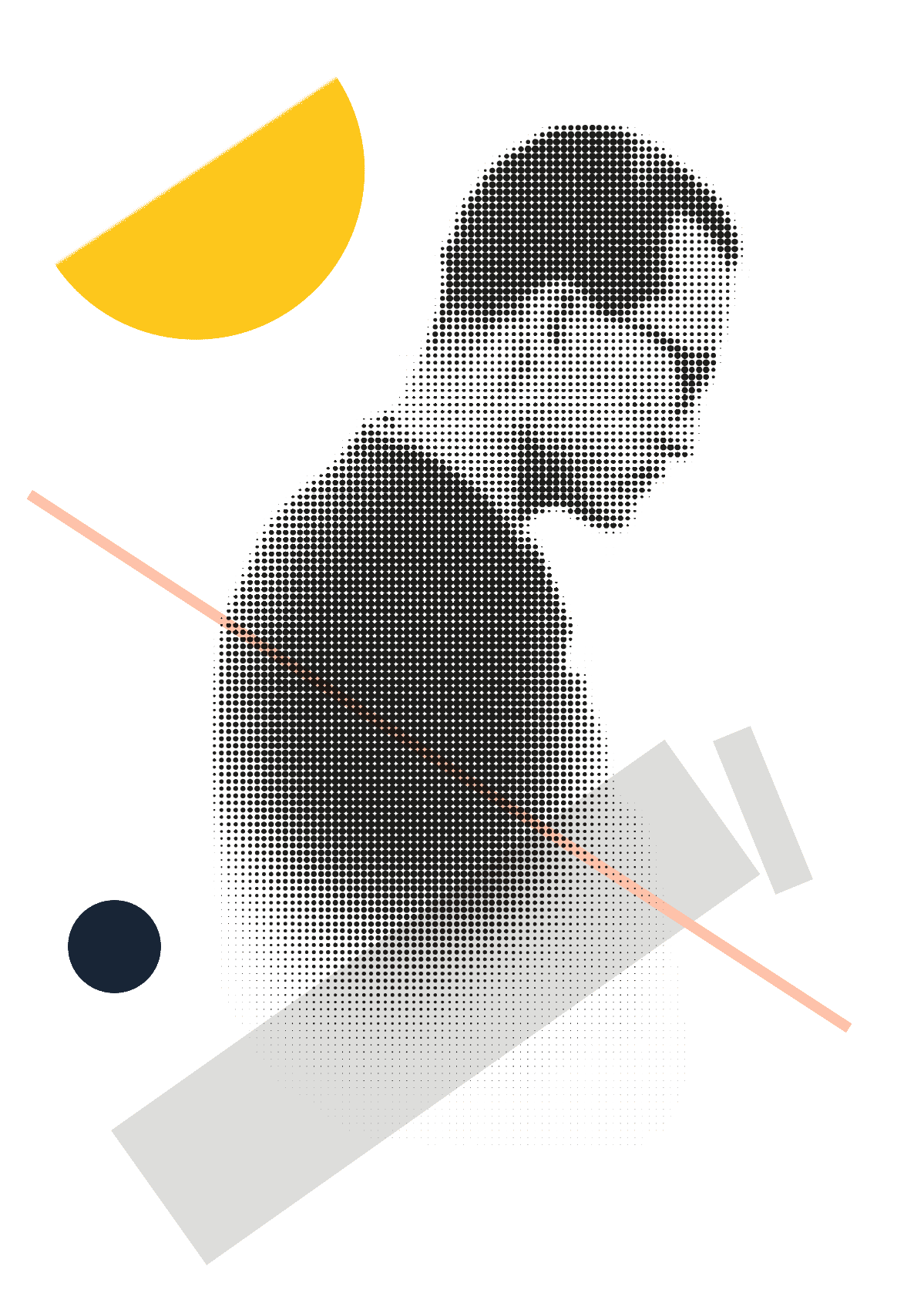
Han Hŭng-su
(1909 – after 1953)
Due to a coincidence arising from the frequently chaotic situation during the Second World War, the founder of Czechoslovak Korean studies, the historian, archaeologist and translator Han Hŭng-su, also lived in the villa in the years 1943–1945. This scientist had a remarkable life that took him from Vienna, where he was an employee of the State Ethnological Museum from 1941 after finishing his studies in Switzerland, to Prague in 1942, where he contributed to the realisation of a large exhibition dedicated to the art, and art industry, of Japan (the exhibit opened on 25 February 1943). Here he established relations with the Náprstek Museum and the Prague Oriental Institute. The Director of the Oriental Institute (then known as the Orientalisches Institut), Adolf Grohmann, recognised the professional abilities of the young scientist, including his grasp of six languages, and managed to arrange for his transfer to Prague (while keeping a small workload in Vienna). His relocation was helped by the fact that his native land, Korea, was part of the Japanese Empire, which was a close ally of Germany.
Arriving in Prague, Hŭng-su moved into a flat in building no. 501 on Kampa, which Huberta Algermissen (née Protivenská), the wife of the German doctor Heinrich Algermissen, received to live in during the year 1941. She had met Hŭng-su in Vienna when, like him, she was working in the Ethnological Museum. Huberta studied sculpture and medal-making at the Academy in the workshop of Otakar Špaňhel. She alternated living with her husband in Vienna and alone in Prague, where she eventually ended up permanently after getting divorced in 1943. In 1944 another Korean, Kim Kjŏng-han, moved in with Hŭng-su, marrying Huberta in June of 1945.
The period immediately following the war was an interesting time for the villa – there was considerable attention paid to Huberta and her two Asian housemates. Through the media, the public asked how a German and two Asians could live in such a prominent space like the house on Kampa. Employees of the Oriental Institute spoke up for all three of them, though they had to quickly find another place to live anyways, especially after Jan Werich returned from the USA and was assigned the flat on Kampa; he was waiting in the Alcron Hotel for it to free up.
More to illustrate the complicated international situation, we briefly outline the subsequent fate of Han Hŭng-su. With his Japanese passport no longer valid and no chance to get a Korean one due to the nonexistence of an embassy in Czechoslovakia, he continued to run into bureaucratic problems in spite of his intensive efforts to return home. But the period that he spent in Czechoslovakia was, from a working perspective, one of his most interesting times; he led a course on oriental languages, worked on his history of Korea, translated Korean literature to the Czech language and promoted Korean texts over the radio… These activities left a profound imprint in Czech oriental studies and many Czech orientalists were students of Hŭng-su. In addition to this, as a communist he worked in support of the new North Korean regime.
In 1948 he managed to depart, via Moscow, for Pyongyang, where he became the Chairman of the Committee to Preserve Cultural Heritage. In North Korea he intensively promoted Czechoslovakia, with his translation of Julius Fučík’s Notes from the Gallows being published there. Hŭng-su’s cooperation with the North Korean regime ended after a wave of purges in the years 1951 and 1952, concentrated on the leading intellectuals who had experience in the West. There is no information on Han Hŭng-su after the year 1952 and it can be assumed that he perished in one of the “re-education” camps.
(prepared on the basis of the book by Miriam Löwensteinová and Jaroslav Olša: Han Hŭng-su – The Father of Czechoslovak Korean Studies, Prague 2013)
